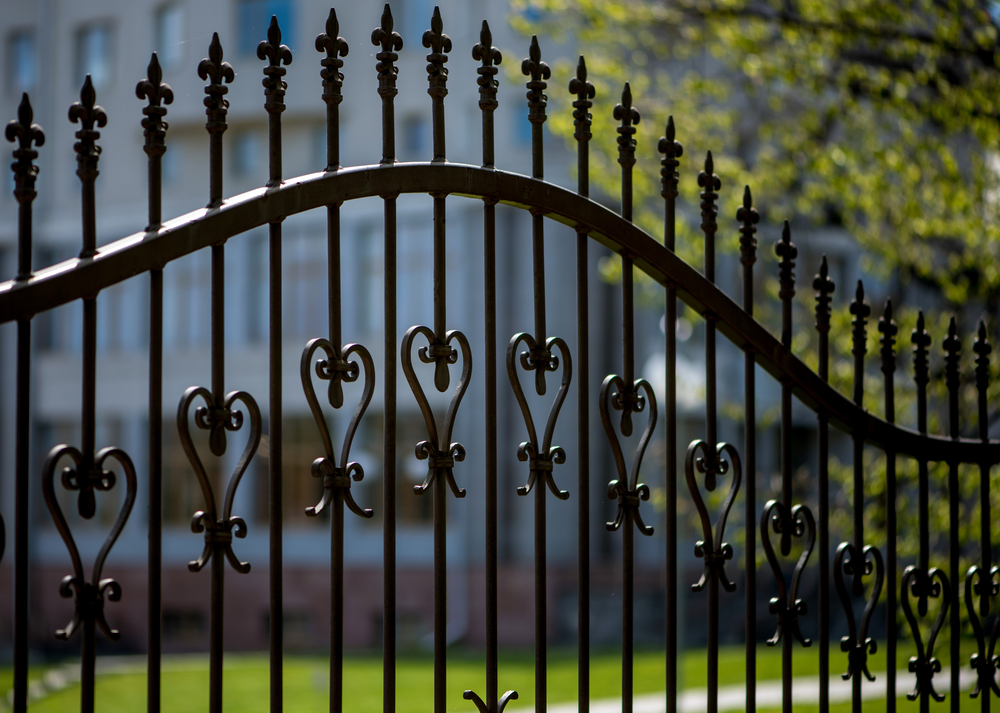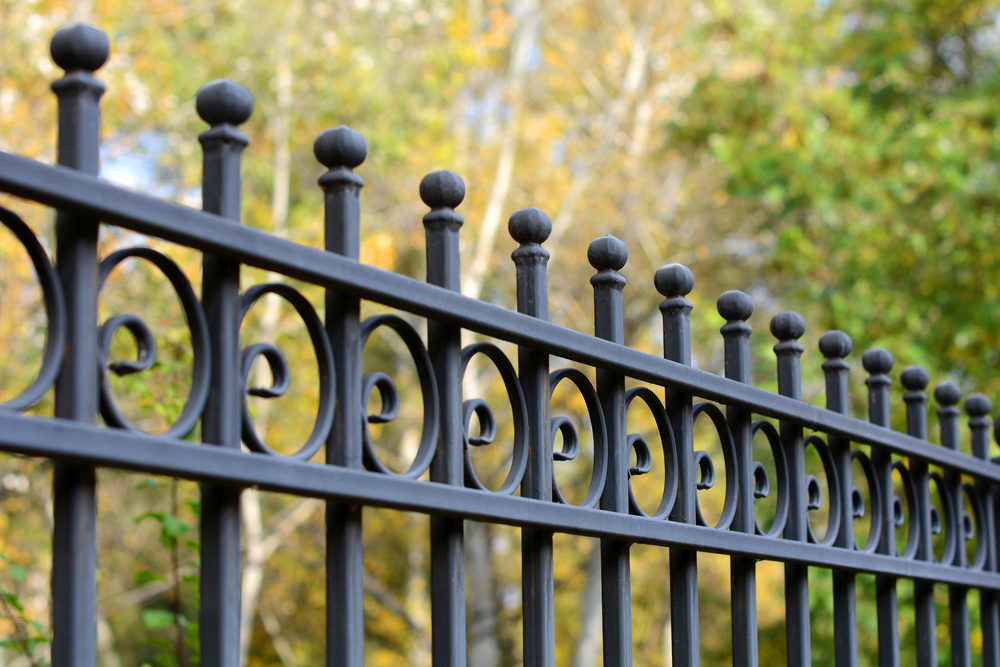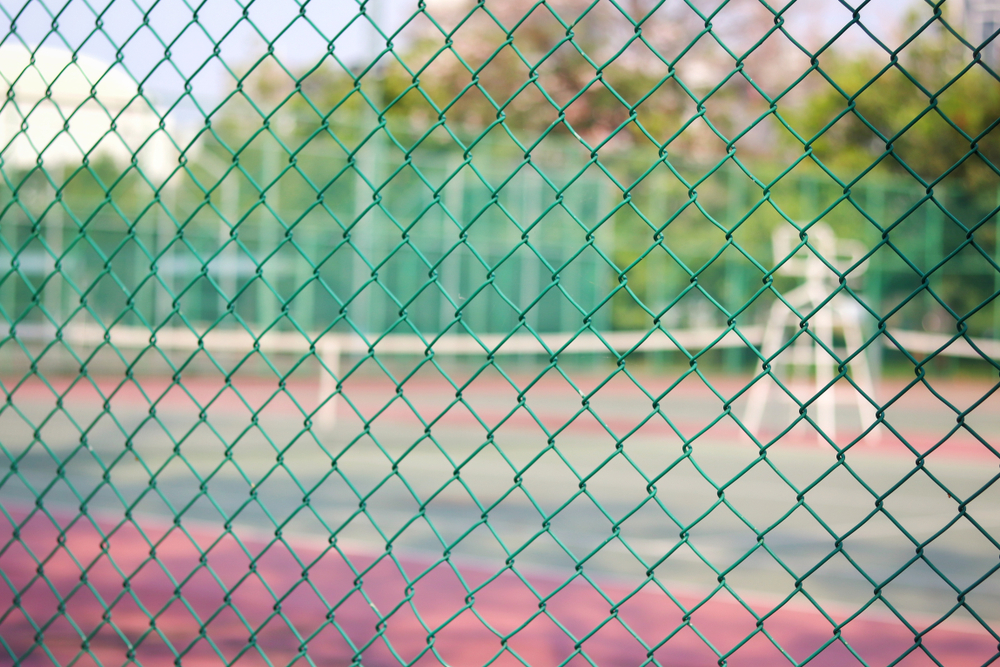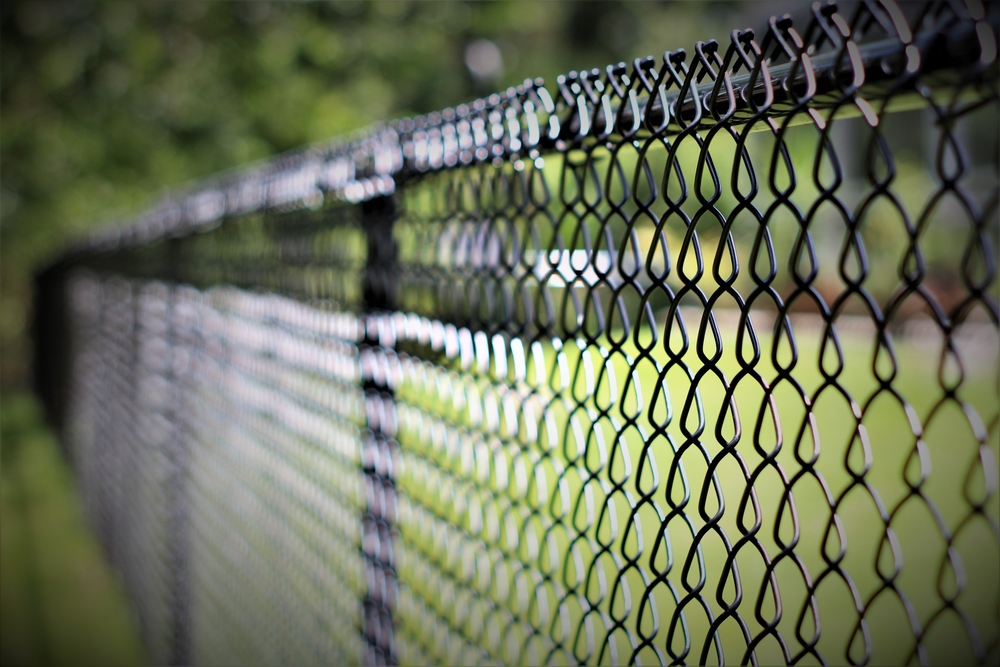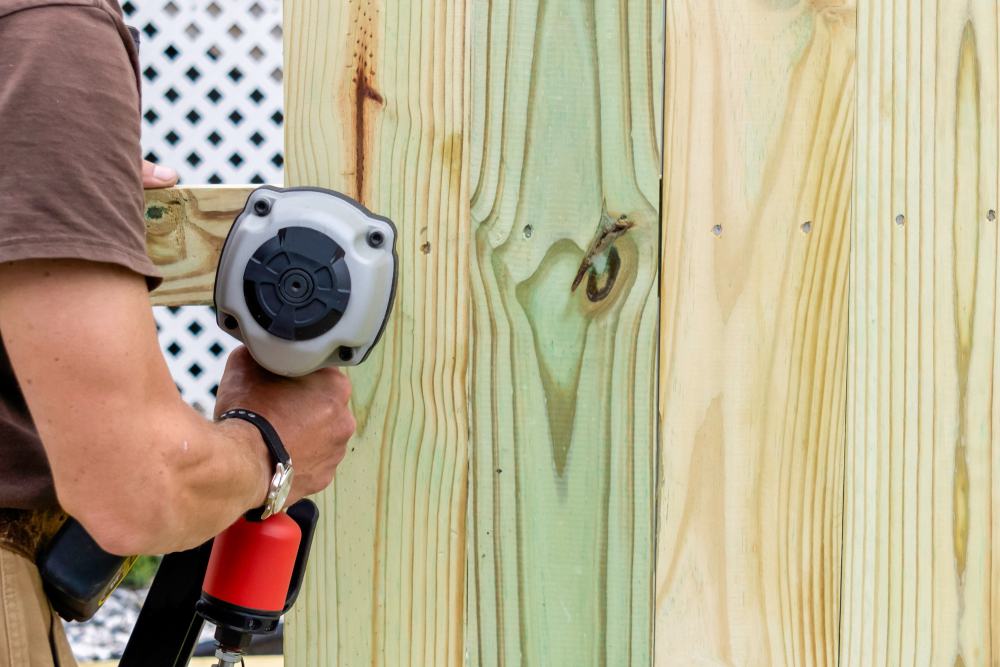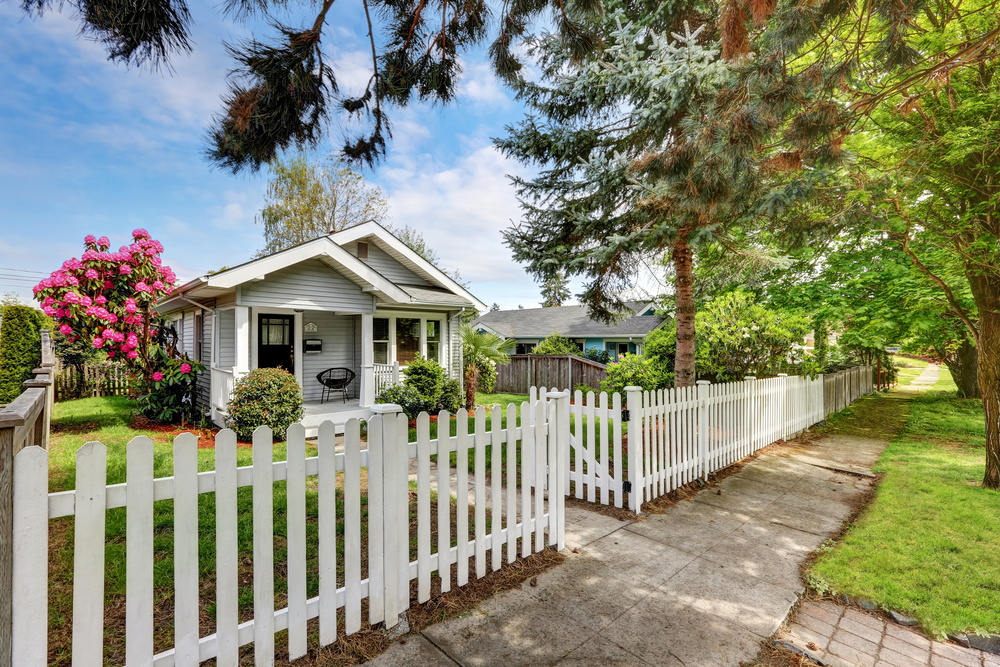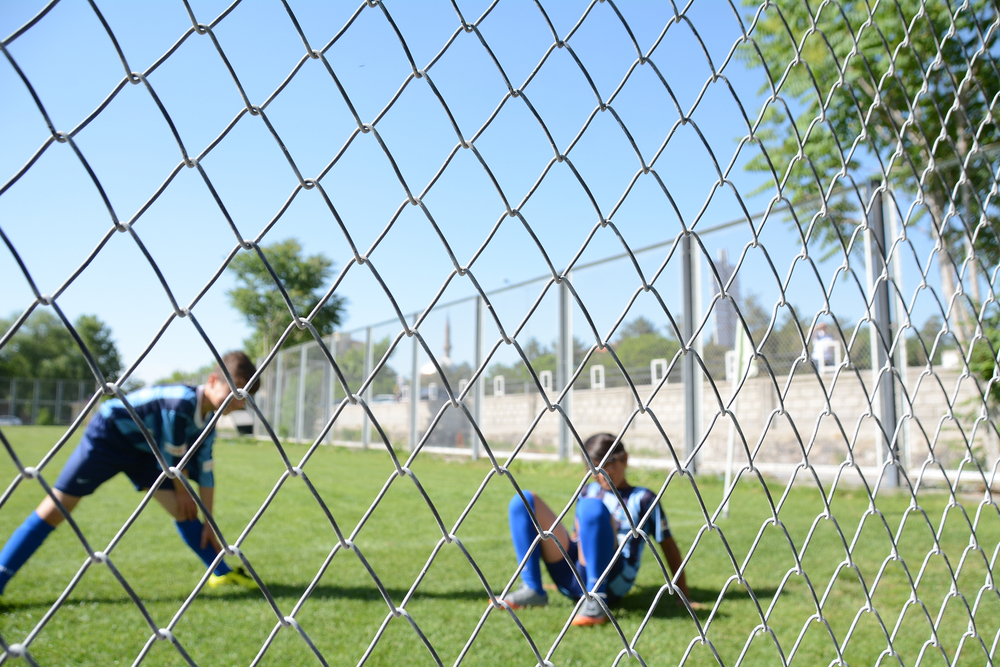The world of fences can be categorized by both materials and styles, and a good example in the latter category is the lattice fence setup. Often found made from several different materials, lattice fences are a classic and popular style on many residential properties — what is this term referring to, exactly, and is a lattice fence good for you?
At Utah Fence Warehouse, we’re happy to offer a wide range of fence materials, from wood fences to vinyl, chain link and numerous others. Lattice fences are a style we’re highly experienced with, having provided hundreds of different clients with their lattice setup needs over the years. What exactly is a lattice fence, and what do you need to know about this fence style? Here’s a basic primer.
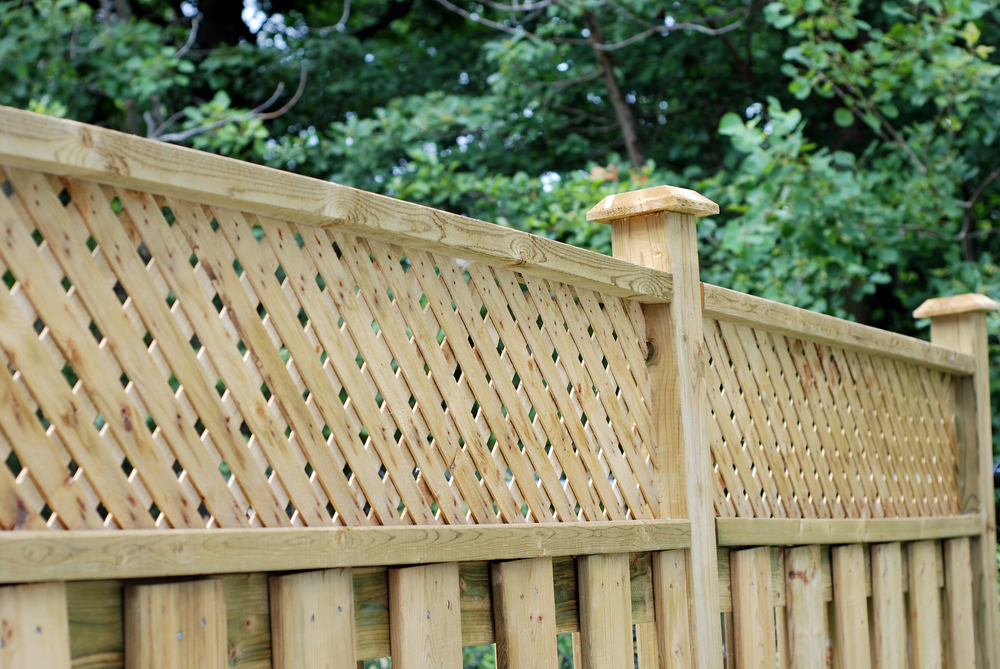
Lattice Fence Basics
The lattice fence is a fence type that contains thin slats of material, crossed over each other in a criss-cross or diamond pattern. These slats can be made of wood, metal or plastic, and are often found in picket fence styles as well — the lattice simply adds an extra level of decoration and visual interest to the fence.
You’ll find lattice fences used for numerous purposes, from support for climbing plants to simply being an attractive decoration in its own right. This is a classic fence style that’s been used for many decades, and it remains popular to this day.
Choosing a Lattice Fence Material
As we mentioned, lattice fences can be made of several different materials. The most common are wood, plastic and metal, but you may find other materials used as well. Different materials have different benefits in terms of lattice fence durability, cost and more.
Wood is the classic lattice fence material, often chosen for its traditional appearance and low cost. However, wood is also susceptible to damage from the elements and will require regular maintenance to keep it looking its best.
Plastic is a more durable material, often used in harsher climates where wood may not hold up as well. Plastic is also easy to clean and care for, and it won’t require the same level of maintenance as wood. However, plastic may not have the same classic appearance as wood, and it may be more expensive as well.
Metal is another durable option, often chosen for its longevity and resistance to the elements. Metal lattice fences can be quite beautiful, but they may be more expensive than other options.
No matter what material you choose, it’s important to work with a qualified fence installation company to ensure your fence is installed correctly. In part two of our series, we’ll go over some basics on decorative elements and other considerations for a lattice fence — if you’re looking for help designing or installing a lattice fence or any other fence type in the meantime, our team at Utah Fence Warehouse is standing by to help you.


